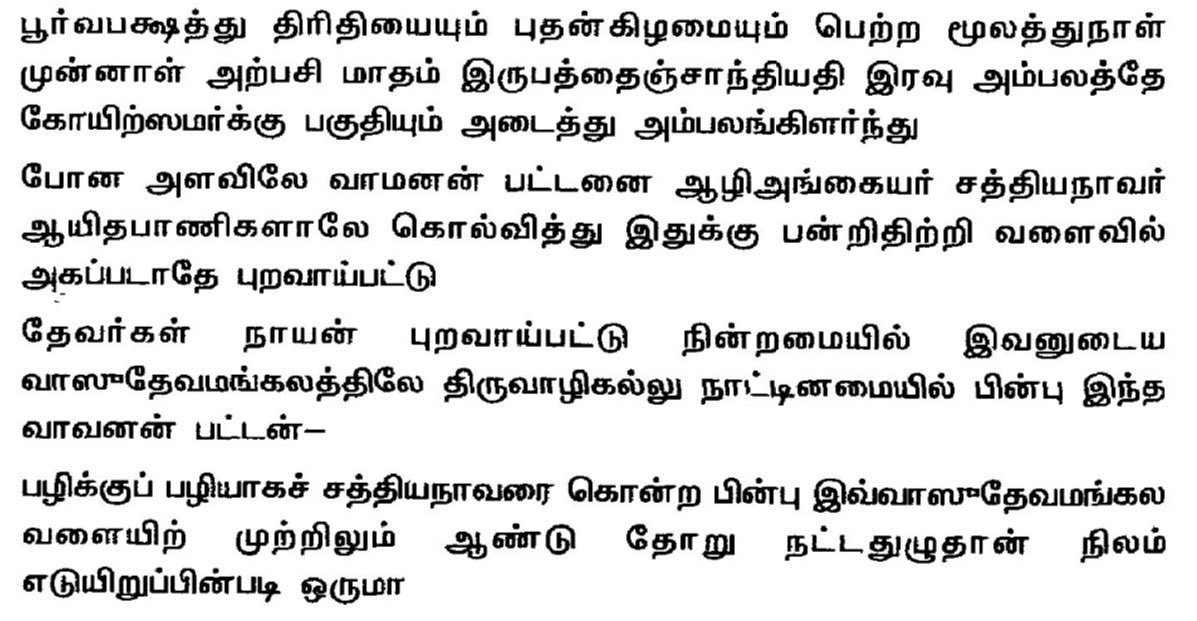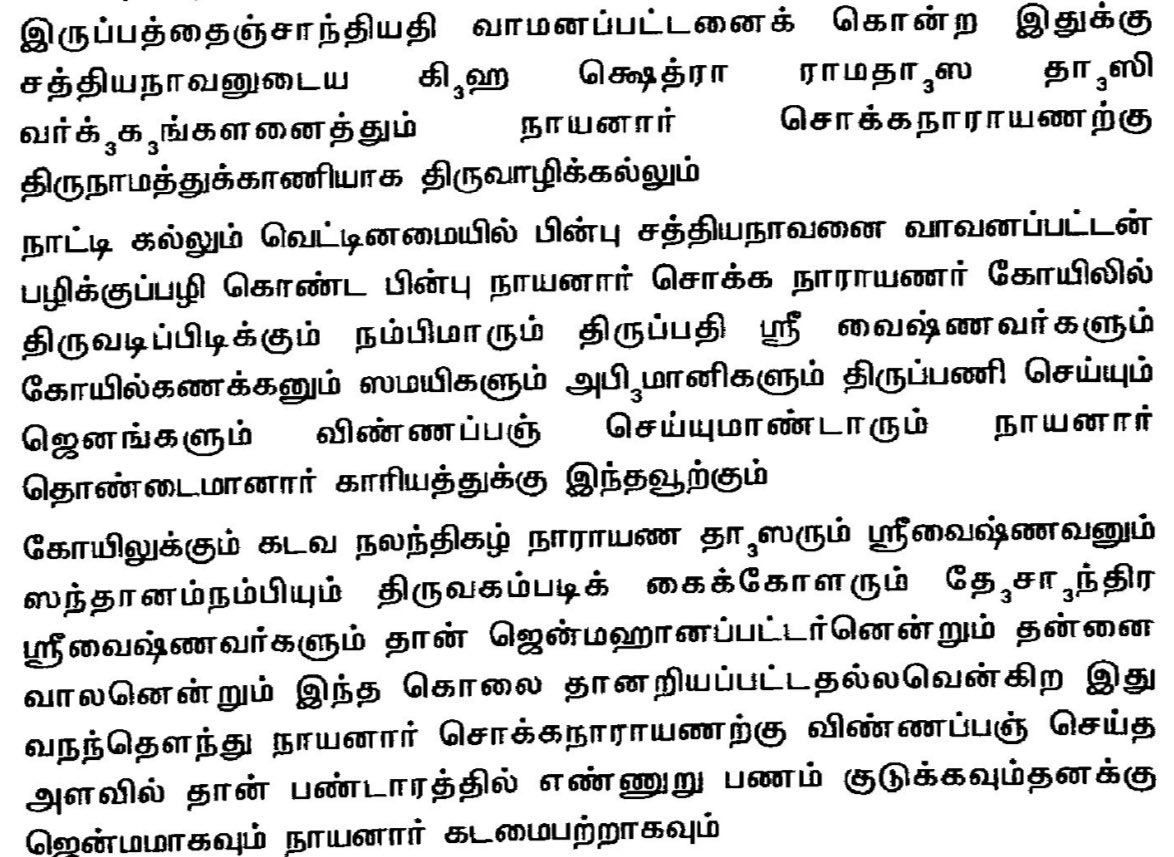The story of sanctum: When a general of Ulugh Khan approached the sanctum to demolish it, he saw the sculptures of eight elephants around it. When asked about it, he was told about the legend of one of the elephants eating sugarcane. He wanted to test & tries to feed a sugarcane
and the elephant ate that too. Fearing some occult power, they ran away without touching Garbhagraha. Whether this is true or not, the sanctum indeed escaped the fury.
Madurai plunged into darkness for about 40 years under sultanate rule. Kumara Kampanna of Vijayanagara empire


Madurai plunged into darkness for about 40 years under sultanate rule. Kumara Kampanna of Vijayanagara empire



defeated the last sultan and restored dharma in 1371. The temple was reopened. It is said that the blocked wall was opened in front of Kampanna Udayar, he was surprised to see that the lamps are still burning & the flowers on Swami are still fresh #Chithiraithiruvizha 

• • •
Missing some Tweet in this thread? You can try to
force a refresh

 Read on Twitter
Read on Twitter

















